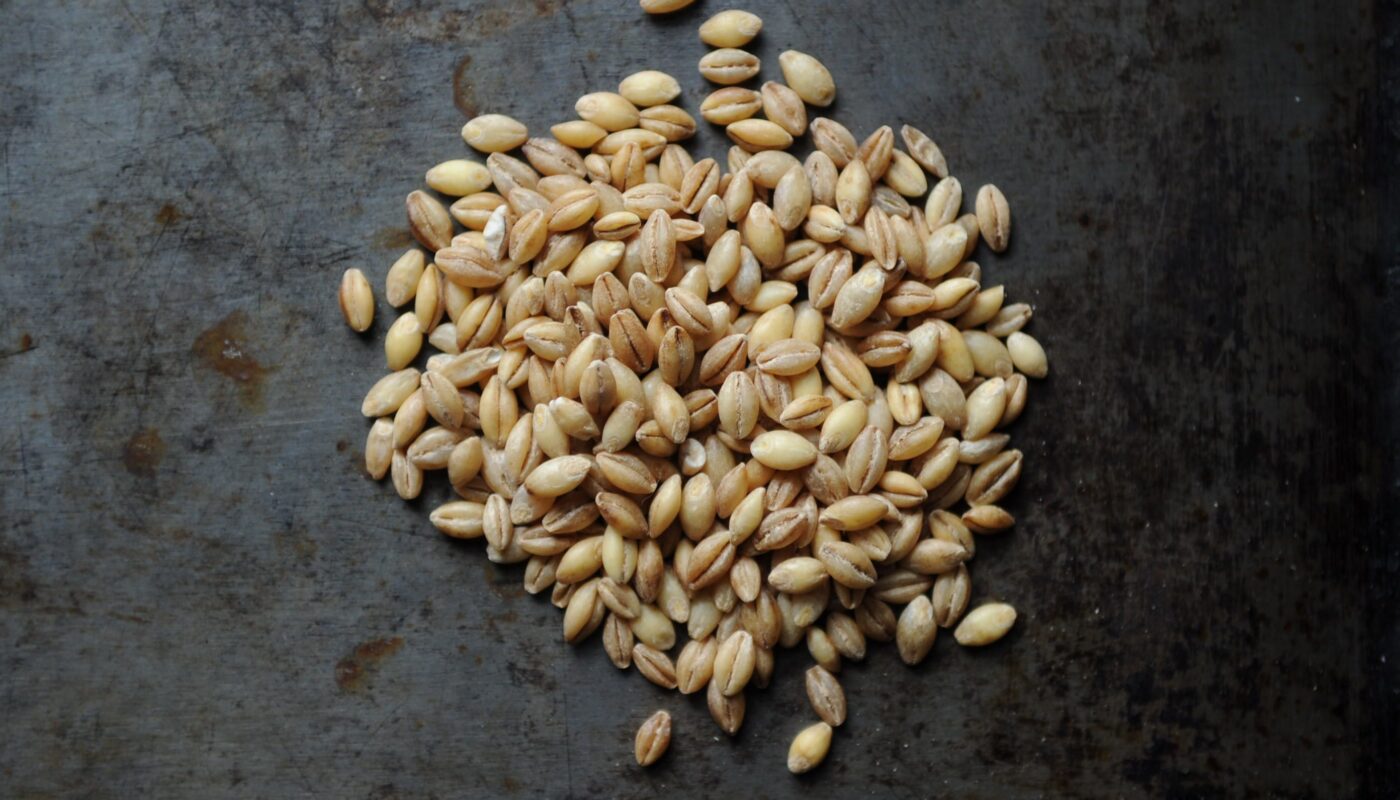Malted barley lies at the very heart of beer and many other fermented beverages. It is the key ingredient that provides fermentable sugars to the wort during the mashing process in brewing. Malted barley is barley that has been soaked in water, germinated under controlled conditions and then dried with hot air. This process of malting helps to trigger natural enzyme reactions in barley grains that release fermentable sugars from the starch reserves in the grain. Without malted barley, there would be no beer! Let’s take a deeper look at this indispensable cereal grain.
Barley as a Crop
Barley is a cereal grain that has been cultivated by humans for thousands of years. It is grown around the world in temperate climates and is extremely well-suited for malting. The three main types of barley used in malting are two-row, four-row and six-row varieties. Two-row barley is preferred for malting due to its higher extract yield and enzymes levels compared to other varieties. However, all three types can go through the malting process. Barley is planted in spring as the weather warms and is harvested in late summer after it has fully ripened.
The Malting Process
The malting process subjects barley grains to carefully controlled germination to induce key enzymatic changes. It begins by soaking the barley grains in water which initiates germination. The soaked grains are then steeped for around 48 hours to allow the acrospire or baby plant inside to begin to grow. After steeping, the grains enter the malting phase where germination continues under controlled temperatures and moisture levels for around 5-7 days. During this time, the grain’s natural enzymes break down starch into fermentable sugars. Finally, the grains are kilned or roasted to halt germination and enhance flavor attributes. This process unlocks the grain’s potential for brewing.
Enzymes Unleashed
One of the most crucial outcomes of malting is the activation and development of starch-degrading enzymes within the barley grain. Chief among these are amylases – a group of enzymes that break down starches into sugars. As the grain begins to germinate, amylases are produced that target different bonds within starch molecules. This complex cascade of enzymatic reactions eventually yields simple, fermentable sugars ready to be used by brewer’s yeast. Without these starch-degrading enzymes produced during malting, the sugars needed for fermentation would be unavailable. Malting essentially prepares the barley grain to serve as food for yeast.
Malt Varieties
Just as barley comes in different varieties, multiple styles of malt can be produced during the malting process depending on the exact process parameters and needs of the specific beer being produced. A few common examples include:
– Base malts: Pale, well-modified malts that provide the sugars needed for fermentation and enhance clarity. Pilsner and Pale Ale malts are often used as a base.
– Specialty malts: Caramel/Crystal malts are roasted longer to create toffee-like flavors and richer body. Chocolate and Black malts add roasted flavors through darker roasting.
– Roasted grains: Barley or other grains that are heavily roasted to contribute bitterness, color and aroma without fermentability in styles like stouts and porters.
– Rye, Wheat and Oat malts: Malted grains other than barley provide unique flavor profiles to styles.
By blending different malted grains, maltsters and brewers can tailor the malt bill of a beer for optimal color, flavors, body and fermentability. This allows for endless beer style possibilities.
The Foundation of Wort Production
With malted barley’s sugars now unlocked, it’s time for brewing to begin. During the mash, the grist of ground malted grains is steeped in temperature-controlled water, allowing starch-degrading enzymes to further break down proteins and carbohydrates. This converts starch into fermentable sugars and produces wort, the liquid that will become beer after boiling, fermentation, conditioning and packaging. Without malted barley activating during the mash, there would be no sugars to create alcoholic beer through fermentation. Malted barley forms the very backbone of wort production.
Malted barley’s significance
As this detailed look at malted barley illustrated, it is truly the most essential ingredient in brewing. Through the magical process of malting, barley’s natural enzymes are awakened to break down starch into sugars needed for fermentation. This unlocked potential is what separates malted barley from other cereal grains and allows it to serve as reliable food for brewer’s yeast across infinite beer styles. Without malted barley’s enzymes and fermentable sugars, the beer industry simply could not exist. From crop cultivation to malting to mashing and wort production, malted barley lies at the heart of brewing science and deserves recognition as the hero ingredient behind all of our favorite beers.




